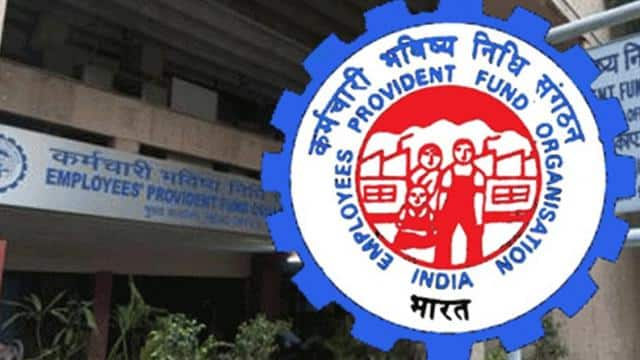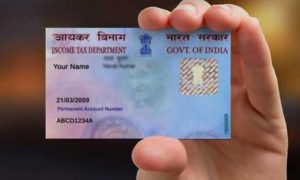High income earners with contributions of over Rs 2.5 lakh per year towards their Employees’ Provident Fund (EPF) are liable to pay taxes on interest incomes if contributions are made over this amount
High income earners with contributions of over Rs 2.5 lakh per year towards their Employees’ Provident Fund (EPF) are liable to pay taxes on interest incomes if contributions are made over this amount. The government in Union Budget 2021 announced that it will reduce tax benefits for high income earners who benefit from the EEE scheme.
Read More: EPFO to soon disburse pension to over 73 lakh pensioners in one go via central system
EEE or Exempt-Exempt-Exempt tax category allows all investments falling under this category completely tax free. The EEE grouped investments are governed by different sections of the Income Tax Act of 1961.
The most popular sections under which a person qualifies to stake a claim on tax exemptions include Section 80B, Section 80C, Section 80D, Section 80DD, Section 80E, , Section 80EE, Section 80GG.
The high income earner can claim exemptions on contributions of up to Rs 5 lakh towards their EPF, if there is no employer contribution.
Central Board of Direct Taxes (CBDT) inserted rule 9 of Income Tax Rules, 1962 in FY2021-22 to ensure smooth implementation of this announcement.
Read More: EPFO News: EPF EPS Nomination: Follow these 8 steps to Do it Digitally
How Taxation System Works:
Jitendra Solanki, an expert on Personal Finance matters said that as per this rule, the EPFO subscriber with contributions over Rs 2.5 lakh in a financial year will have two EPF or PF accounts where PF contribution up to Rs 2.50 lakh will be stored in one account will the amount above Rs 2.5 lakh will be stored in the other.
So, interest earned in EPF/PF-1 account will be exempted from any tax liability, Solanki said adding that interest earned in PF/EPF-2 account will only be the taxable component. This means that excess contribution from the employee will be taxed.
He said that there is no tax liability on employer’s contribution, he further said.
For e.g. If an employee is contributing Rs 2.6 lakh in a financial year and an equal amount is being contributed by an employer, then Rs 2.5 lakh is deposited in PF account 1 while Rs 10000 is deposited in PF account 2. The interest income from Rs 10000 will only be liable for taxation.
For government employees, the exemption limit on contribution is up to Rs 5 lakh. In this case also, two separate accounts exist.
The excess contributions and interest accrued on it will be maintained in a separate account with the Employees’ Provident Fund Organisation (EPFO).
Employer’s contribution to PF, National Pension System (NPS) and superannuation, aggregating up to Rs 7.5 lakh, a year, is exempt from taxes.





































